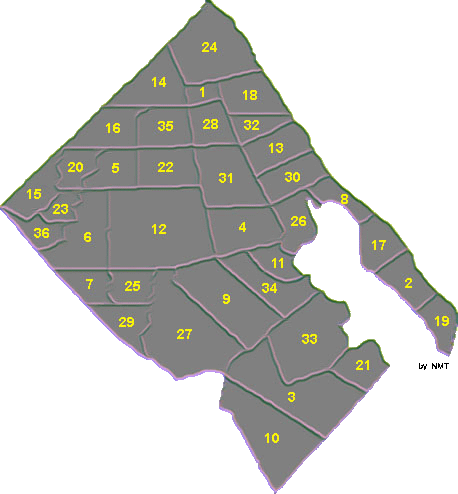|
|
Barangays |
|||||||||||||||||||||||||||||||||||||||||||||||||||||||||||||||||||||||||||||||||||||||||||||||||||||||||||||||||||||||||||||||||||||||||||||||||||||||||
|
|
||||||||||||||||||||||||||||||||||||||||||||||||||||||||||||||||||||||||||||||||||||||||||||||||||||||||||||||||||||||||||||||||||||||||||||||||||||||||||
|
|
||||||||||||||||||||||||||||||||||||||||||||||||||||||||||||||||||||||||||||||||||||||||||||||||||||||||||||||||||||||||||||||||||||||||||||||||||||||||||
|
What does Barangay Means?
Barangay (Filipino: baranggay) is the smallest local government unit in the Philippines and is very similar to a village. Municipalities and cities are composed of barangays.
Each barangay is headed by a barangay captain (punong barangay) who leads the barangay council (sangguniang barangay) composed of barangay councilors (kagawad). Every barangay also has a Youth Council ("Sangguniang Kabataan" or "SK") composed of the SK President or Chairman and SK Councilors, who direct the youth-oriented activities, such as basketball leagues, in the barangay.
Historically, a barangay is a relatively small community of around 50 to 100 families. Most villages have only thirty to one hundred houses and the population varies from one hundred to five hundred persons. According to Legazpi, he found communities with twenty to thirty people only. Many coastal villages in the Visayan region consisted of no more than eight to ten houses. The word itself is derived from an ancient Malay boat called a balangay. This connection between community and boat supports certain theories on the history of the pre-colonial Philippines, specifically, that each original coastal “barangay” formed as a result of settlers arriving by boat from other places in Southeast Asia.
Most communities were coastal or riverine in nature. This is because the principal sources of protein come from the seas and rivers, most of the people relying more on fishing for supply of food. Also, people travelled mostly by water. The movement of the population was up and down rivers and along the coasts, trails always followed river systems. Rivers were also a major source of water for bathing, washing, and drinking. Moreover, coastal villages are more accessible to traders where an economic activity is developed. Business with traders meant contact with other cultures and civilizations like the Chinese, Indian, and Arabian. Thus, the coastal communities in Manila, Cebu, Jolo, and Butuan attained a higher cultural level.
The following are the Barangays of Cataingan:
|
||||||||||||||||||||||||||||||||||||||||||||||||||||||||||||||||||||||||||||||||||||||||||||||||||||||||||||||||||||||||||||||||||||||||||||||||||||||||||
|
|
||||||||||||||||||||||||||||||||||||||||||||||||||||||||||||||||||||||||||||||||||||||||||||||||||||||||||||||||||||||||||||||||||||||||||||||||||||||||||


